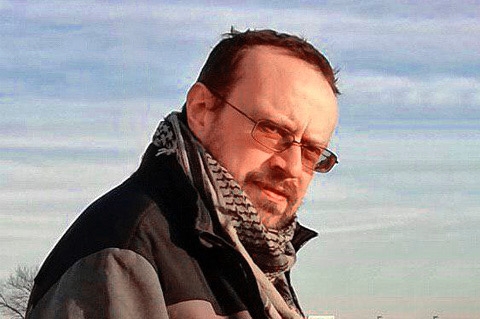Alec Baldwin and the mortal accident on the set of the movie "Rust": safety with firearms props
Safety with movie firearms props is extremely important, as the recent accident on the set of the movie "Rust" has shown to actor Alec Baldwin. Let's see how firearms props work, how they are used, and which safety rules are followed to prevent such accidents.
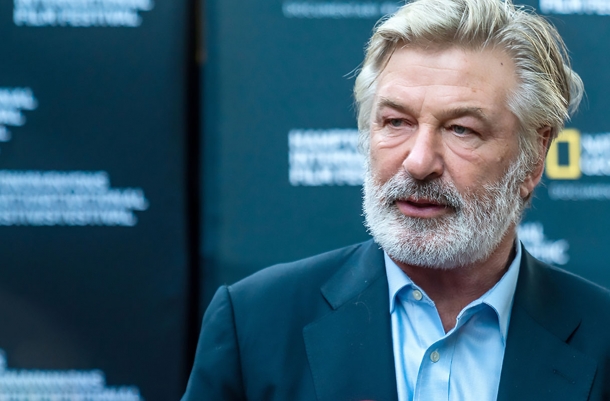
Actor Alec Baldwin
Yesterday (at the date of writing), actor Alec Baldwin unvoluntarily killed Photography Director Halyna Hutchins , and injured Director Joel Souza, on the set of the movie "Rust", using a firearm that should have been loaded with blanks.
While details about the exact dynamic of the accident are still unknown, but we know that the “Master Armorer” of the movie is Hannah Gutierrez-Reed, a 24-year-old young lady at her first assignment.
It is not our intention to come to easy conclusions, but indeed, any profession containing the word “Master” would assume the jointed existence of competency and experience: something that in the movie Rust has been missing, evidently.
Anyway, it's not the first time that such accidents have happened.
In 1984, actor John-Eric Hexum died after jokingly putting a gun loaded with blanks to his head and pulling the trigger.
In 1993, most famously, actor Brandon Lee, son of actor and martial artist Bruce Lee, was killed on set in a firearm accident while filming "The Crow". It was this accident that spawned a thorough review and modification of firearm props handling and safety procedures on set.
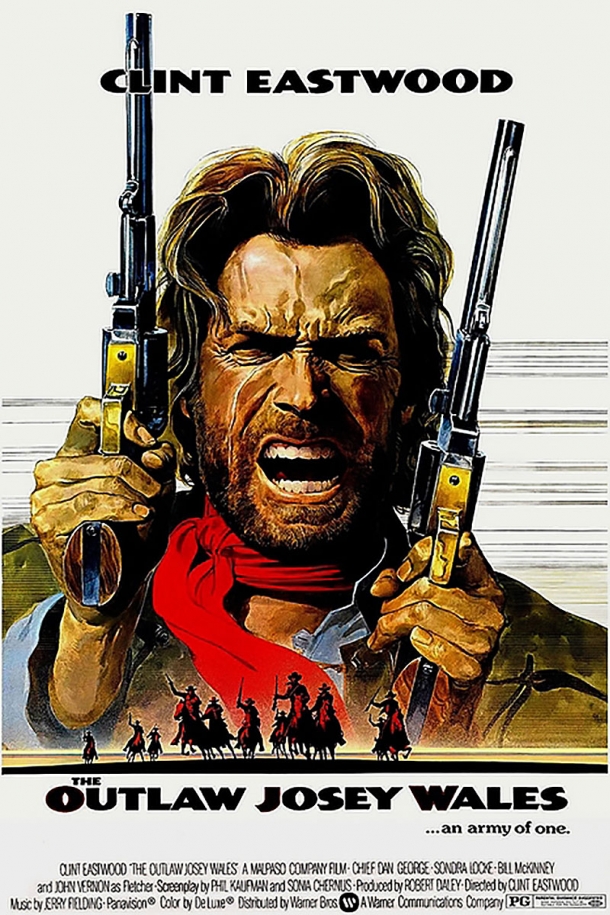
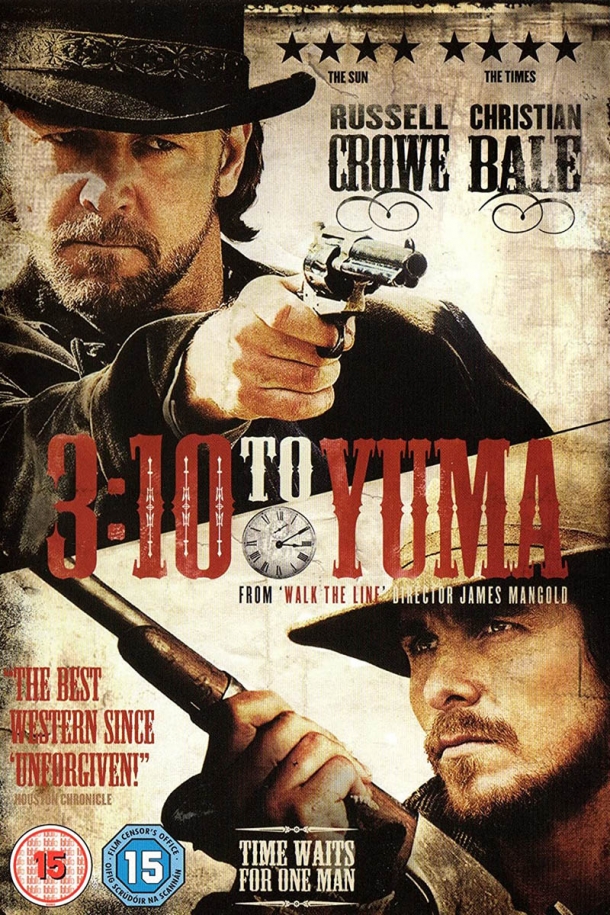
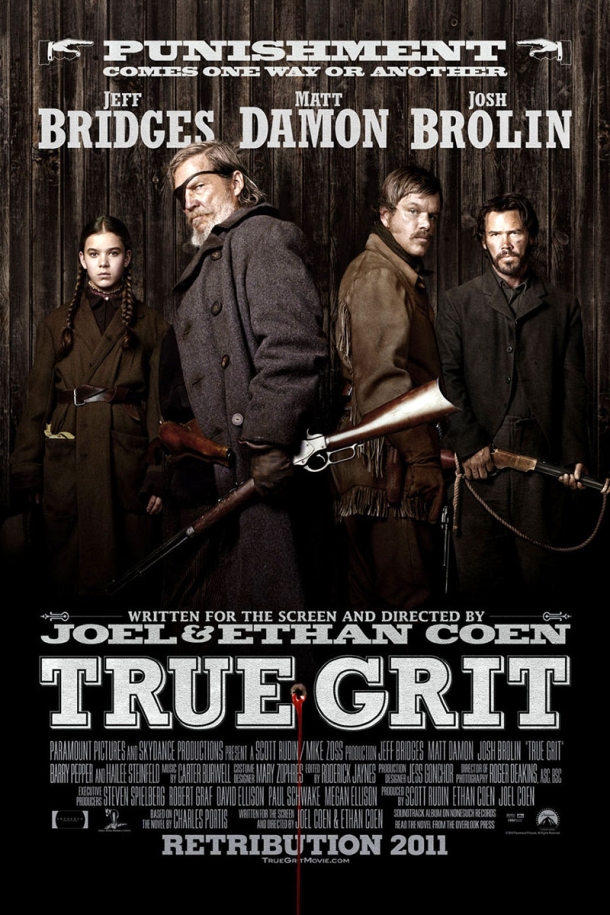
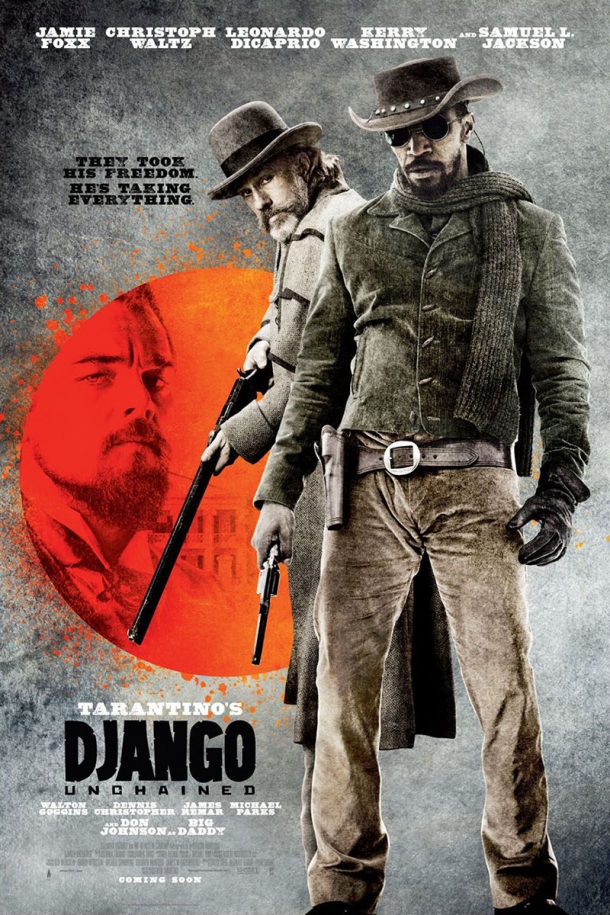
What is a firearm prop?
Technically speaking, any object on scene is "scenery", while anything that gets handled by an actor is a prop. A gun lying on a table during filming, that isn't touched by anybody, is scenery, while the instant an actor touches it, it becomes a prop. This is an important distinction, because props get handled and therefore require far stricter safety measures.
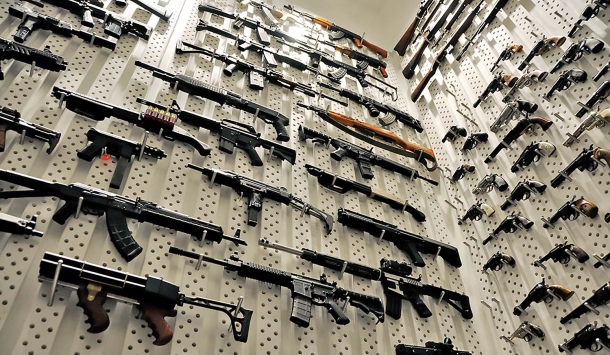
The Firearms Props room of the New York based company "The Specialists", one of the most popular professional team in the World.
Firearm props can be subdivided in three main categories, in order of increasing risk of injury:
1) inert firearm replicas (often plastic or rubber molded). These are firearm shaped object incapable of shooting any kind of ammunition and represent almost no risk of injury, except as blunt objects.
2) Guns modified to fire blanks, usually semiautos, with special recoil springs and modified locking mechanisms that allow cycling even with the greatly reduced impulse of blank ammunitions. These guns represent a moderate to high risk of injury as they can become hot, causing burns, while blank cartridges still pack a lot of energy and can cause serious or fatal injuries at point blank range, due to wad residues or the blast itself. They are incapable of firing live ammunition, though.
3) Fully functional firearms, which obviously represent the highest level of risk. They are often used for realism and because they are cheaper than modified firearms.
Of all props, revolvers are among the most dangerous, as they often are real firearms, and they do not depend upon ammunition type for cycling and can chamber blanks as well as live ammo.
What kind of cartridges are used in movies?
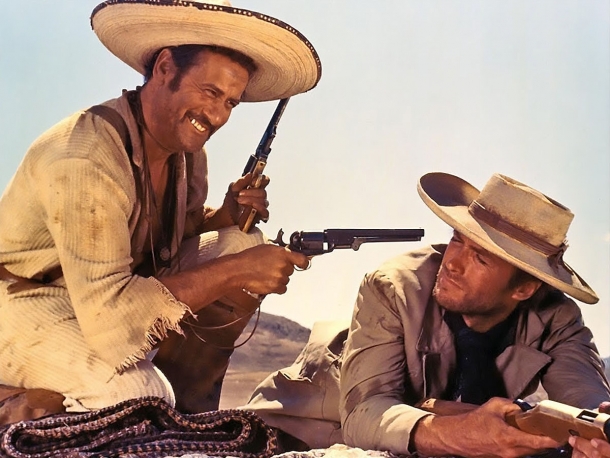
Essentially, there are three kinds of cartridges used, again in increasing degree of risk of injury:
1) dummies, which are cartridge shaped object usually resin or rubber molded or composed of a real case, real bullet, but without any powder or primer, and therefore totally inert. They pose no risk of injury by themselves.
2) blanks, which are composed of a case loaded with powder and sealed in a way to produce the loud report of a firearm when fired. While comparatively harmless per se, blanks can still cause accident and have enough blast to cause serious or fatal injury if fired at point blank distance, as said.
3) Live ammunition, which is seldom used in movies, as it's usually safer to fire blanks and use small blasting charges to destroy items that are "hit" by gunfire. It is sometimes necessary to use them in particular scenes, though.
The need to use dummies, blanks and live ammunition in the same gun for different scenes represents a significant safety hazard which requires the utmost diligence in safety procedures.
Brandon Lee's accident.
The scene where Brandon Lee died involved filmin a gun (a revolver) pointed at the actor and then fired. To achieve a realistic front view of the loaded revolver in the hand of the bad guy, the gun, a real revolver, had been loaded with dummies.
The dummies had been probably improperly manufactured, as the a bullet separated from the case and was left in the gun. Probably the hammer fell on a dummy prepared with a live primer. Not enough to project the bullet out of the muzzle, but enough to leave it lodged in the barrel.
The gun was subsequently loaded with blanks without being checked. A blank loaded behind a bullet functionally creates a live cartridge, and that is what killed Lee. Following Lee's death, a complete review of safety procedures ensued, and the resulting recommendations have been adopted by the whole US film industry and are commonly used worldwide.
Lee's accident resulted by insufficient knowledge of firearms functioning, improper safety cautions and not having followed the basic firearm safety rules, specifically the one that states to never point a gun at anything you aren't willing to shoot.
Modern safety with movie gun props
Modern safety rules related to firearms props mandate the presence of an armorer on set whenever blank or live ammo firing props are handled for any reason.

Actors, as well as Directors and any other people directly involved in movie scenes with firearms, should be trained and informed about proper firearms handling and related safety rules (in this image, a "firearms safety" class held by GUNSweek.com to a group of photo/video professionals)
Key prerogative of any production that aiming to achieve particular realism or historical accuracy in firearms handling and appearance, a Master Armorer is a person competent in firearm technology and safety, and is responsible for loading, unloading, checking and inspecting firearms before and during scenes, as well as for instructing all crew members, particularly actors, on safe firearms handling.
Blanks, dummies and live ammunition have to be strictly separated. Following any loading and unloading of a gun with any kind of ammunition, the firearms get a complete inspection for anything left in the barrel and cylinder and is usually repeated before loading with any other kind of ammunition.
Actors are encouraged to test the firearms used on set in a safe environment, to familiarize with the gun and to make sure everything works as it should. Usually, actual loading happens just moments before filming, with all crew ready at their appointed place, to minimize confusion and avoid the risk that anyone can mistakenly walk-through danger areas.
Finally, guns are usually no longer directly aimed at anybody during filming: any time a gun is fired at somebody, the gun is pointed off target, and the camera angle makes so that, on a two-dimensional frame, the gun appears pointed at whomever is the fictional target. This way, even in case of an accident, no harm should ensue.
In the rare occurrences where a gun is pointed directly to the camera, remote controlled cameras are used, or blast shields are in place to protect the cameraman from the blast of blank ammunition. Obviously, a blast shield is not bulletproof.
Given these premises, several things must have gone wrong, or negligence used in several different circumstances, for an accident such as that on the set of "Rust" to happen.

